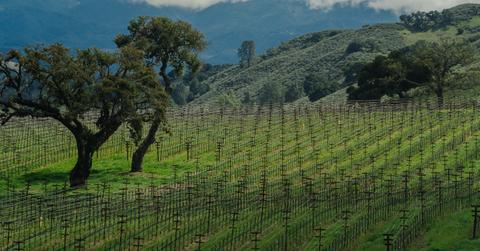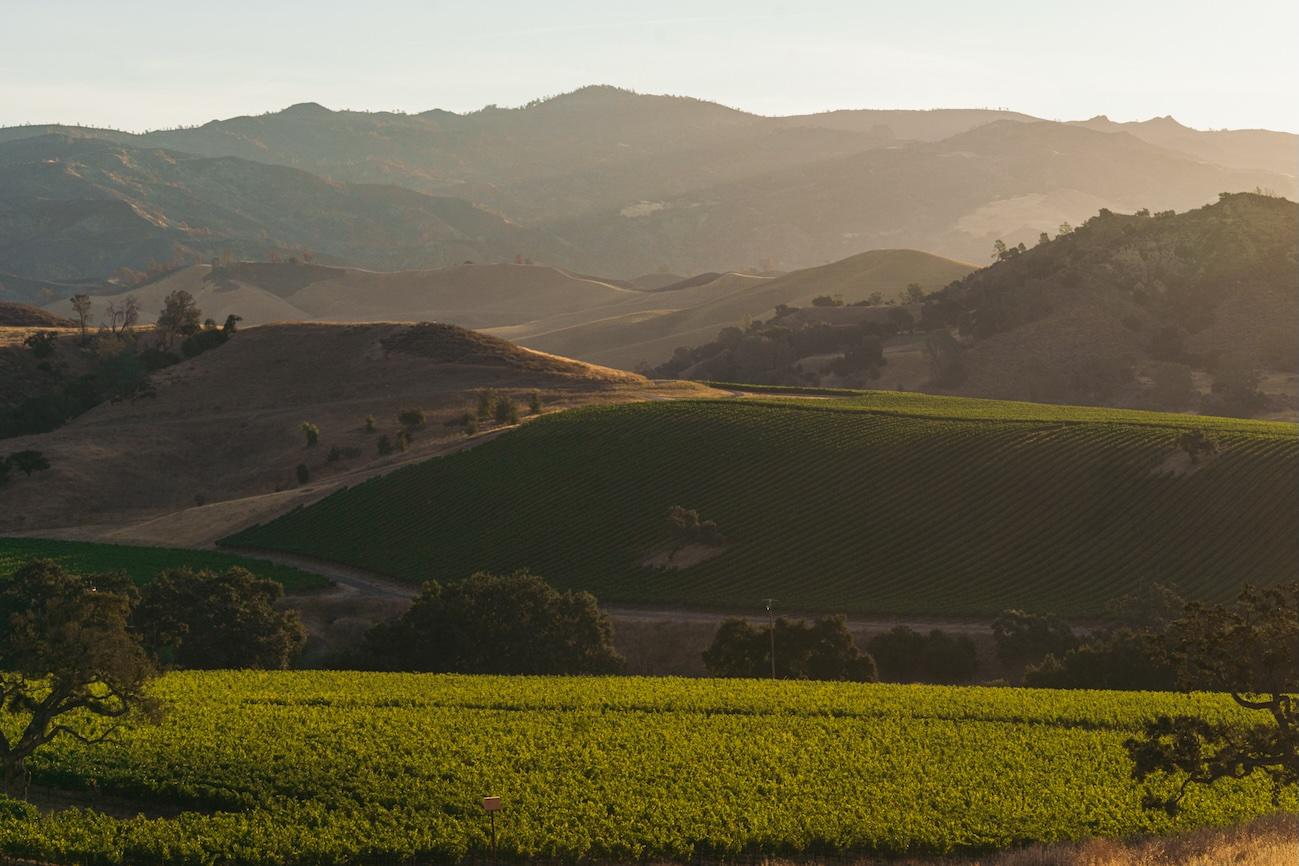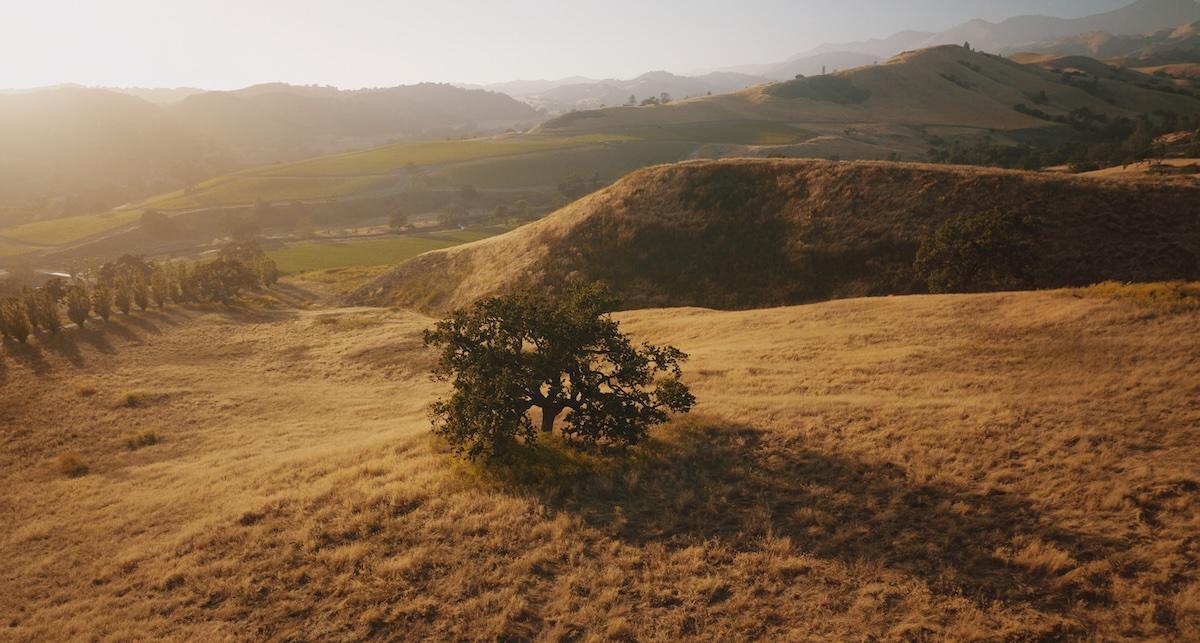Kiani Preserve: A Vision of Regenerative Farming and Sustainability
"Kiani Preserve is a sanctuary where nature leads and we follow."
Published Aug. 12 2025, 3:39 p.m. ET

At a time when the damaging effects of industrial agriculture are becoming more evident, a new approach to farming is emerging. This new model seeks not to deplete the land but to restore it, giving back more than it takes. A part of this movement is Joe Kiani, an innovator and philanthropist who has expanded his vision from improving patient health to healing the land. Through his Kiani Preserve, Kiani is not just nurturing the earth, but creating a model for a more sustainable relationship between humanity and nature.
“Kiani Preserve is a sanctuary where nature leads and we follow,” Kiani adds. “By farming organically and regeneratively, we create wines, olive oil and produce that are authentic expressions of the land.”
From Medicine to the Soil: A Vision Rooted in Stewardship
Joe Kiani is a name most people know through his work in healthcare. As the founder of Masimo, a company that revolutionized patient monitoring, Kiani has always centered his efforts on improving the well-being of others. But his commitment to responsibility extends beyond just human health. It includes a deep care for the planet, a commitment that led him to launch projects like Willow Laboratories and, most notably, the Kiani Preserve.

Located in Southern California’s rolling hills, the Kiani Preserve is much more than a plot of land. It embodies Kiani’s belief in taking responsibility for the environment. The Preserve is a sanctuary where regenerative agriculture takes root, restoring the balance between the earth and the people who tend to it. Kiani’s work here reflects a core belief: progress should nourish both people and the planet.
Regenerative Agriculture: A New Path for the Land
Central to the mission of the Kiani Preserve is regenerative agriculture, an approach to farming that focuses on restoring the health of the land. Unlike traditional farming methods that often deplete soil, water, and biodiversity, regenerative agriculture works with nature to rebuild these essential systems. Practices such as no-till farming, cover cropping, and rotational grazing are often used to improve soil health, capture carbon, and support biodiversity, all while producing food in harmony with nature’s rhythms.
For Kiani, regenerative farming is a philosophy. He believes farming should be a relationship with the land, not a series of transactions. It’s about giving back more than we take, restoring the earth rather than exploiting it. The Kiani Preserve serves as a living example of how this approach can work, showing farmers, researchers, and community members alike how a commitment to stewardship can lead to a more sustainable and productive land.
The Need for Change: Why Regenerative Agriculture Matters
The need to adopt regenerative agriculture is urgent. The agriculture industry is a major contributor to global greenhouse gas emissions, much of it from poor soil management and deforestation. Conventional farming, which relies on chemical fertilizers and pesticides, has led to soil degradation and environmental harm. For many communities, the consequences of this damage are severe.
Regenerative farming offers a powerful solution. It doesn’t just reduce harm; it actively heals the land. Healthy soil can act as a carbon sink, absorbing carbon from the atmosphere and helping to combat climate change. It also conserves water, supports biodiversity, and increases food security. For communities that are already feeling the impacts of climate change, regenerative farming can provide a path to resilience.
Kiani’s work at the Kiani Preserve is a testament to the idea that the land, when treated with care and respect, can thrive. It’s a reminder that farming, done responsibly, can help restore the health of both the earth and the people who depend on it.
Giving Back to the Planet by Giving to People
Environmental work does not happen in a vacuum. It intersects with justice, equity, and access. Sustainability must include people, not just as beneficiaries but as partners. Giving back to the planet, in this view, means creating systems that support human dignity along with ecological health.

This approach influences everything from Kiani’s employment practices at the preserve to the sourcing at his other entrepreneurial endeavors. It means honoring labor, promoting fairness, and creating pathways for shared prosperity. Regenerative farming creates opportunities for local food systems, education, and meaningful work. When land is cared for, it can care for communities in return.
This is not charity. It is reciprocity. In healing the soil, we also heal social fractures. In restoring ecosystems, we restore opportunity. The more we invest in others, the more sustainable our shared future becomes. That, perhaps, is the clearest expression of giving back: recognizing that no one thrives alone.
A Legacy of Sustainability and Care
The Kiani Preserve is a legacy in the making. It challenges the conventional mindset that views the land as something to be extracted from, instead proposing a model where the land gives back, and we give back to it. Kiani’s work exemplifies how innovation and sustainability can go hand in hand, creating a future where both people and the planet can thrive.
“Establishing Kiani Preserve was a dream realized,” said Kiani. “A place where my passion for innovation and reverence for nature converge to create a sanctuary that speaks to the soul.”
Through his efforts at the Preserve, Kiani shows that progress should be measured not just by how much we take, but by how much we give back. The land at the Preserve is a resource and a teacher. It reminds us that, with patience and care, we can restore what has been harmed and build a better, more sustainable future.
A Future of Reciprocity and Care
The story of the Kiani Preserve is a call to reconnect with the land and recognize the deep interdependence between humanity and nature. It’s an invitation to rethink how we interact with the earth, to prioritize long-term sustainability over short-term gain, and to build a future where we restore, rather than deplete, the resources we depend on.
Kiani’s work is a reminder that the future of agriculture, and the future of the planet, lies in our ability to work with the land, not against it. By caring for the earth, we care for ourselves and the generations to come. The Kiani Preserve is a living example of what’s possible when innovation is driven by stewardship, care, and a deep respect for the planet that sustains us all.